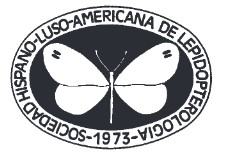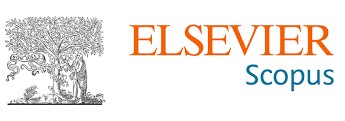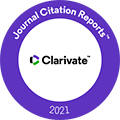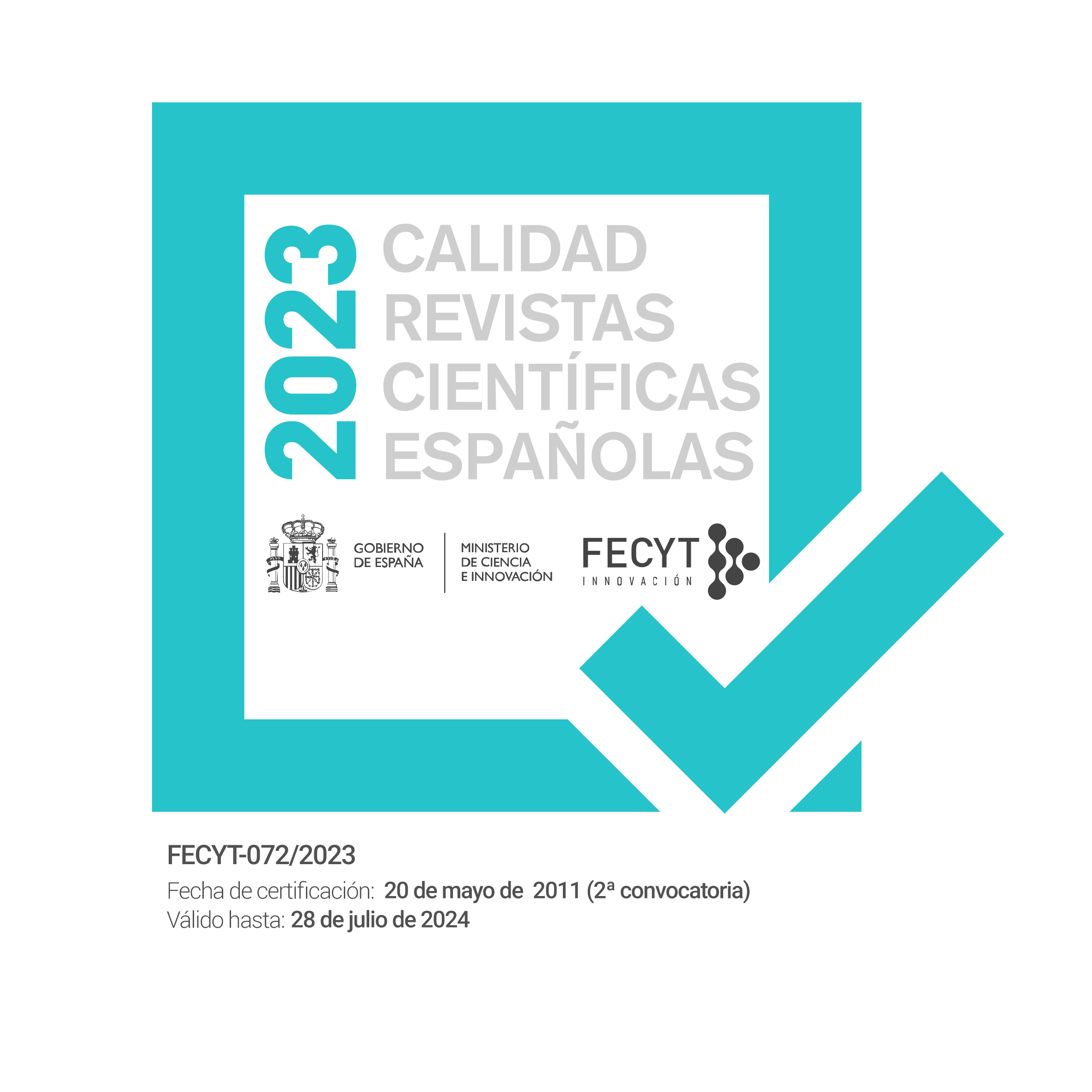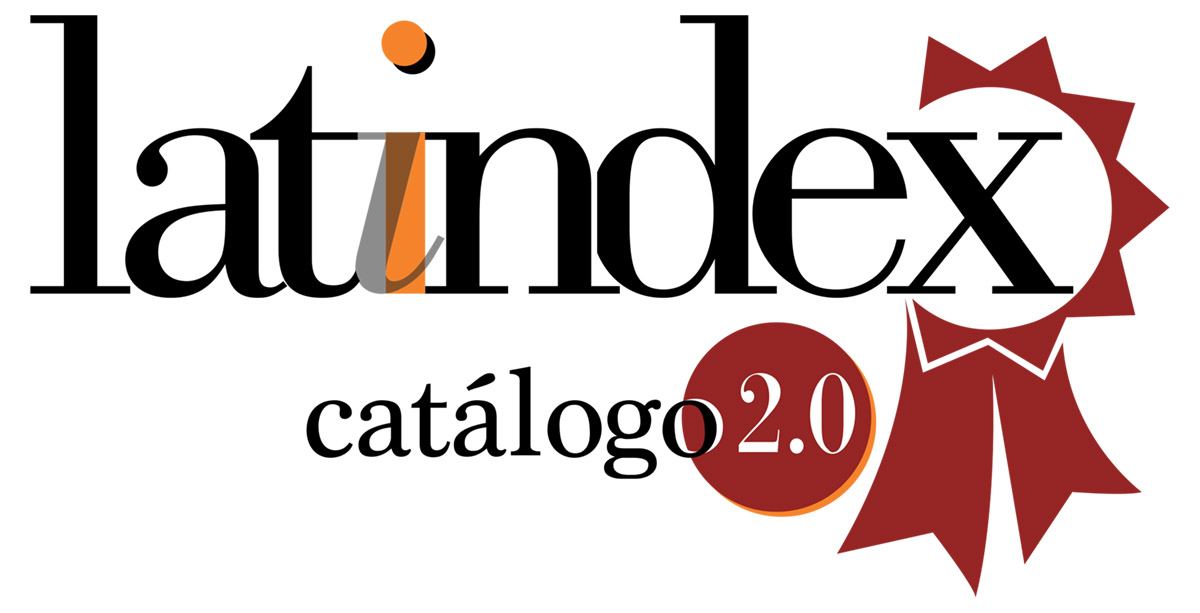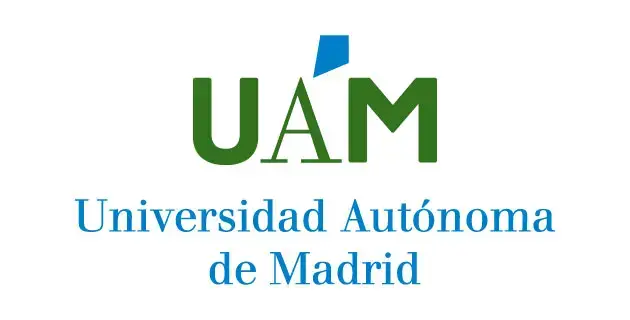Evaluation of the quality of the inventory of Macroheterocera of the Salburua wetlands (Alava, Spain) (Insecta: Lepidoptera)
DOI:
https://doi.org/10.57065/shilap.144Keywords:
Insecta, Lepidoptera, inventory, sampling effort, species accumulation curve, Alava, SpainAbstract
The quality of a Macroheterocera inventory for which 208 weekly samplings have been carried out over a four-year period in the Salburua wetlands (Vitoria, Alava) is evaluated through an analysis of the species accumulation curve. The overall results obtained do not allow a reliable estimate of the total species richness due to the high proportion of rare or infrequent species observed. However, excluding the species that were only recorded in one or two samples and those for which a single specimen was captured, it is estimated that 90.8% and 89.0% of the species in the area have been detected respectively. It is therefore considered that it would not be profitable in terms of cost-effectiveness to continue sampling for an additional year, since most of the new species registered will probably be accidental. These results highlight the great sampling effort required to complete an inventory of moths
with an acceptable degree of quality in comparison with other faunal groups.
Downloads
Global Statistics ℹ️
|
230
Views
|
219
Downloads
|
|
449
Total
|
|
References
BÉGUINOT, J., 2015.– When reasonably stop sampling? How to estimate the gain in newly recorded species according to the degree of supplementary sampling effort.– Annual Research & Review in Biology, 7(5): 300-308. DOI: https://doi.org/10.9734/ARRB/2015/18809
BETZHOLTZA, P.-E. & FRANZÉN, M., 2013.– Ecological characteristics associated with high mobility in night active moths.– Basic and Applied Ecology, 14: 271-279. DOI: https://doi.org/10.1016/j.baae.2013.01.004
COLWELL, R. K., 2019.– EstimateS: Statistical Estimation of Species Richness and Shared Species from Samples (Software and User´s Guide), Versión 9.1.0. Disponible en http://viceroy.colorado.edu/estimates/EstimateSPages/EstimateSRegistration.htm.
DE JUANA, F., MONASTERIO, Y., ESCOBÉS, R., ALBALÁ, J. L., BELAMENDIA, G., DE OLANO, I., SEBASTIÁN, J. & WEBSTER, B., 2019.– Los macroheteróceros (Lepidoptera) de los humedales de Salburua (Vitoria-Gasteiz, Araba/Álava, España): un proyecto de ciencia ciudadana.– Boletín Sociedad Entomológica Aragonesa, 64: 165-185.
HYAMS, D. G., 2020.– CurveExpert Professional: documentation. Disponible en: https://docs.curveexpert.net/curveexpert/pro/html/.
JIMÉNEZ-VALVERDE, A. & HORTAL, J., 2003.– Las curvas de acumulación de especies y la necesidad de evaluar la calidad de los inventarios biológicos.– Revista Ibérica de Aracnología, 8: 151-161.
JONASON, D., FRANZÉN, M. & RANIUS, T., 2004.– Surveying moths using light traps: effects of weather and time of year.– PLoS ONE 9(3): e92453. doi:10.1371/journal.pone.0092453. DOI: https://doi.org/10.1371/journal.pone.0092453
MORENO, C. E. & HALFFTER, G., 2000.– Assessing the completeness of bat biodiversity inventories using species accumulation curves.– Journal of Applied Ecology, 37: 149-158. DOI: https://doi.org/10.1046/j.1365-2664.2000.00483.x
MORENO, C. E. & HALFFTER, G., 2001.– On the measure of sampling effort used in species accumulation curves.– Journal of Applied Ecology, 38: 487-490. DOI: https://doi.org/10.1046/j.1365-2664.2001.00590.x
SOBERÓN, J. & LLORENTE, J., 1993.– The use of species accumulation functions for the prediction of species richness.– Conservation Biology, 7: 480-488. DOI: https://doi.org/10.1046/j.1523-1739.1993.07030480.x
SUMMERVILLE, K. S. & CRIST, O. C., 2005.– Temporal patterns of species accumulation in a survey of Lepidoptera in a beech-maple forest.– Biodiversity and Conservation, 14: 3393-3406. DOI: https://doi.org/10.1007/s10531-004-0546-x
THOMPSON, G. G. & THOMPSON, S. A., 2007.– Using species accumulation curves to estimate trapping effort in fauna surveys and species richness.– Austral Ecology, 32: 564-569. DOI: https://doi.org/10.1111/j.1442-9993.2007.01728.x
WILLOTT, S. J., 2001.– Species accumulation curves and the measure of sampling effort.– Journal of Applied Ecology, 38: 484-486. DOI: https://doi.org/10.1046/j.1365-2664.2001.00589.x
YELA, J. L., 1992.– Los noctuidos (Lepidoptera) de la Alcarria (España central) y su relación con las principales formaciones vegetales de porte arbóreo: 569 pp. Ministerio de Agricultura, Pesca y Alimentación, Dirección General de Sanidad de la Producción Agraria, Subdirección General de Sanidad Vegetal. Madrid.
YELA, J. L. & HOLYOAK, M., 1997.– Effects of moonlight and meteorological factors on light and bait trap catches of noctuid moths (Lepidoptera: Noctuidae).– Environmental Entomology, 26(6): 1283-1290. DOI: https://doi.org/10.1093/ee/26.6.1283
Downloads
Published
How to Cite
Issue
Section
License
Copyright (c) 2022 F. de Juana

This work is licensed under a Creative Commons Attribution 4.0 International License.
The author SS retains his trademark and patent rights to any process or procedure within the article.
The author retains the right to share, distribute, perform and publicly communicate the article published in SHILAP Revista de lepidopterología, with initial acknowledgement of its publication in SHILAP Revista de lepidopterología.
The author retains the right to make a subsequent publication of his work, from using the article to publishing it in a book, provided that he indicates its initial publication in SHILAP Revista de lepidopterología.
Each submission to SHILAP Revista de lepidopterología must be accompanied by an acceptance of copyright and acknowledgement of authorship. By accepting them, authors retain copyright of their work and agree that the article, if accepted for publication by SHILAP Revista de lepidopterología, will be licensed for use and distribution under a "Creative Commons Attribution 4.0 International" (CC BY 4.0) licence that allows third parties to share and adapt the content for any purpose giving appropriate credit to the original work.
You may read here the basic information and the legal text of the license. The indication of the CC BY 4.0 License must be expressly stated in this way when necessary.
As of 2022, the content of the print and digital version is licensed under a "Creative Commons Attribution 4.0 International License" (CC BY 4.0), licence that allows third parties to share and adapt the content for any purpose giving appropriate credit to the original work.
Previous content in the journal was published under a traditional copyright licence; however, the archive is available for free access.
When using the contents of SHILAP Revista de lepidopterología published before 2022, including figures, tables or any other material in printed or electronic format belong to the authors of the articles, the authors must obtain the permission of the copyright holder. Legal, financial and criminal liabilities in this respect belong to the author(s).
In application of the Principle of Priority of the International Code of Zoological Nomenclature, no other version than the one published by the publisher may be deposited in repositories, personal websites or similar.





